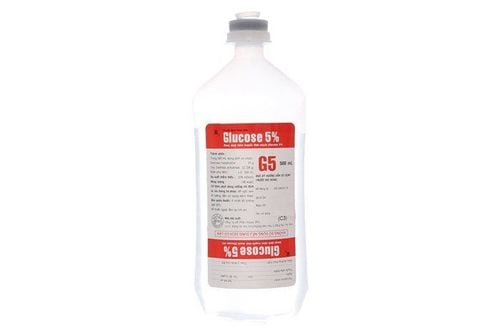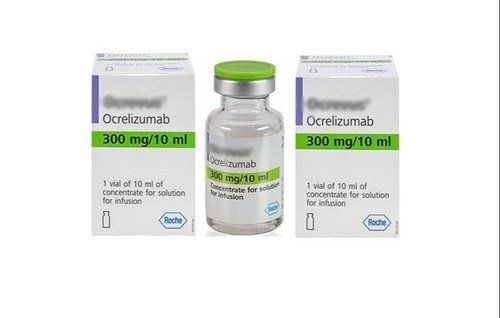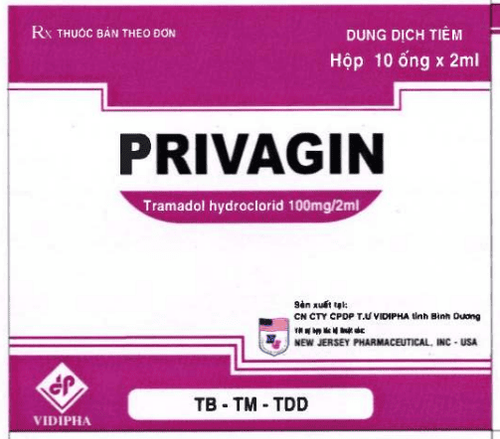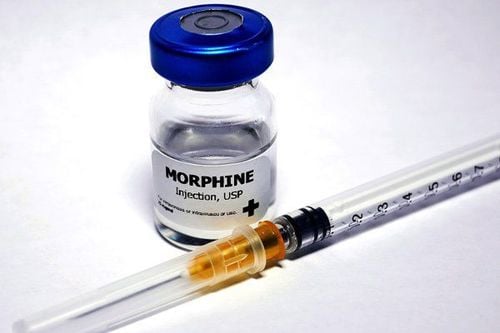This is an automatically translated article.
Multiple sclerosis (MS) is an autoimmune disease where the body's immune system attacks the myelin sheath of nerves. This condition leads to damage to the patient's own nerves. There is still no cure for multiple sclerosis, and current multiple sclerosis treatments only help control symptoms and slow the progression of the disease.
1. What are the drugs for multiple sclerosis?
Multiple sclerosis therapies (referred to as DMT) were developed with the aim of slowing the progression of the disease, limiting recurrence and preventing the appearance of new lesions.
Multiple sclerosis drugs can be taken orally or injected. In particular, parenteral multiple sclerosis drugs can be administered by the patient at home or by intravenous infusion by medical staff, depending on the specific clinical situation.
Both oral and injectable multiple sclerosis drugs have distinct advantages and potential side effects. Among them are many drugs that always come with many warnings of the US Food and Drug Administration (FDA).
The choice of parenteral or oral multiple sclerosis therapy depends on many factors. Some of these may be related to the frequency of treatment when oral medications are needed daily, while most parenteral multiple sclerosis drugs are used less frequently. Your doctor will weigh the risks and benefits of treatment and make the best decision for you.
In addition, the patient's wishes and circumstances are a factor for the doctor to consider and give appropriate therapy, including:
The effectiveness of each drug; Possible side effects; Frequency of use; Methods of patient management.
2. Injections for multiple sclerosis
Multiple sclerosis drugs that patients can self-inject at home are the most common DMT therapy. These drugs are used long-term in the treatment of recurrent multiple sclerosis (RRMS). The medical staff will instruct the patient on the injection procedure and dosage to make sure everything is safe. Most injectable multiple sclerosis drugs can cause redness, swelling, and pain at the injection site, along with other side effects.
2.1. Avonex (Interferon Beta-1a) Mechanism of Action: Avonex acts as an immune system modulator and has antiviral properties; Frequency and Usage: Weekly intramuscular injection; Common side effects: Headache, flu-like symptoms; Warning: Patients may need to be monitored for liver enzymes and complete blood count. 2.2. Betaseron (Interferon Beta-1b) Mechanism of Action: Similar to Avonex in that it can modulate the immune system and has antiviral properties; Dosage and usage: Subcutaneous injection every other day; Common side effects: flu-like manifestations, decreased white blood cell count (WBC); Warning: It is necessary to monitor the liver enzymes and blood count of the patient. 2.3. Copaxone (Glatiramer Acetate) Mechanism of action: Acts as an immune system modulator, while preventing the immune system from attacking myelin; Dosage and administration: Inject subcutaneously every day or 3 times per week; Side effects: This parenteral multiple sclerosis drug can cause flushing, shortness of breath, rash, chest pain; Warning: The injection site may be permanently inverted due to destruction of fatty tissue. Therefore, it is advisable to rotate the Copaxone injection site periodically. 2.4. Extavia (Interferon Beta-1b) Mechanism of Action: Has immunomodulatory and antiviral effects; Dosage and usage: Subcutaneous injection every other day; Common side effects: Flu-like symptoms, headache; Warning: Liver enzymes and blood counts may need to be monitored. 2.5. Glatopa (Glatiramer Acetate) Mechanism of Action: Glatopa can modulate the immune system to prevent attacks on myelin; Dosage and administration: Injected under the skin every day; Side effects: Redness, swelling, pain at the injection site; Warning: Permanent indentation of the skin at the injection site due to destruction of fatty tissue. 2.6. Plegridy (Pegylated Interferon Beta-1a) Mechanism of Action: Has antiviral properties and may modulate the immune system; Dosage and administration: Injected under the skin every 2 weeks; Warnings: Consideration of liver enzyme monitoring may be considered. 2.7. Rebif (Interferon Beta-1a) Mechanism of Action: Acts as an immune system modulator and has antiviral properties; Dosage and administration: Inject subcutaneously 3 times per week; Warnings: Liver enzyme monitoring may be needed Watch now: Stem cell applications in the treatment of multiple sclerosis (multiple sclerosis)
3. Intravenous Multiple Sclerosis Drugs
Another parenteral multiple sclerosis drug option is an intravenous infusion. Instead of intramuscular or subcutaneous injection, the drug can be infused directly into the patient's vein. However, intravenous infusion needs to be performed by qualified medical professionals and the frequency of use is infrequent. In addition, intravenous therapy can increase the risk of infection in addition to other side effects of each drug. Ocrevus (Ocrelizumab) is the only drug approved by the FDA for the treatment of primary progressive multiple sclerosis (PPMS), in addition to the treatment of recurrent multiple sclerosis.
3.1. Lemtrada (Alemtuzumab) Mechanism of action: Prevents immune cells from destroying myelin; Dosage, frequency: Infusion every day for 5 days, after a year can continue to infuse daily for 3 days; Side effects: Nausea, vomiting, diarrhea, headache, rash, itching; Some drug-related warnings: May cause cancer, idiopathic thrombocytopenic purpura (IPT) or bleeding disorders. 3.2. Mitoxantrone hydrochloride This multiple sclerosis drug is only available as a generic drug.
Mechanism of action: Has modulating and suppressing effects on the immune system; Frequency of use: every 3 months, limited to 8 to 12 infusions in 2-3 years for each patient; Common side effects include: hair loss, nausea, amenorrhea; Warning: The drug can cause heart damage and leukemia, so it is only suitable for people with severe RRMS; 3.3. Ocrevus (ocrelizumab) Mechanism of action: Attacks B cells, which are the main cells that cause nerve damage; Frequency: The first 2 doses are infused 2 weeks apart, then every 6 months; Common side effects: Flu-like symptoms, infection; Warning: Carcinogenic risk and, rarely, life-threatening infusion reactions. 3.4. Tysabri (natalizumab) Mechanism of action: Inhibits adhesion molecules, causing immune system disorders; Dose frequency: once every 4 weeks; Common side effects: Headache, joint pain, fatigue, depression, abdominal discomfort; Warnings: The drug may increase the risk of progressive multifocal encephalopathy (PML), which is potentially fatal.
4. Oral Multiple Sclerosis Drugs
If the patient does not feel comfortable with injections or infusions, oral MS can be selected. Frequency can be used once or twice a day. The biggest advantage of oral MS drugs is that they are easiest to self-administer, but require the patient to have a regular dosing schedule.
4.1. Aubagio (Teriflunomide) Mechanism of action: Similar to a modulator of the immune system, with an inhibitory effect on neurodegeneration; Dose and frequency: Take daily; Common side effects may include: headache, liver changes (such as an enlarged liver or elevated liver enzymes), nausea, hair loss, decreased white blood cell count; Warnings include: The drug can cause serious liver damage and birth defects. 4.2. Gilenya Mechanism of Action: Prevents T cells from leaving the lymph nodes; Dose, frequency: Take daily; Common side effects: flu-like symptoms, elevated liver enzymes; Warning: The drug may cause changes in blood pressure, liver function and heart function. 4.3. Tecfidera (Dimethyl Fumarate) Mechanism of Action: The drug has anti-inflammatory properties, protecting nerves and myelin from damage; Frequency, dosage: Take 2 times per day; Common side effects may include: gastrointestinal changes, decreased white blood cell count, increased liver enzymes; Warnings include: This active ingredient can cause serious allergic reactions, including anaphylaxis. There is still no cure for multiple sclerosis, and current multiple sclerosis treatments only help control symptoms and slow the progression of the disease. Regardless of the treatment method used, the patient must strictly follow the instructions of the doctor to achieve the highest effectiveness, avoid unwanted side effects.
Follow Vinmec International General Hospital website to get more health, nutrition and beauty information to protect the health of yourself and your loved ones in your family.
Please dial HOTLINE for more information or register for an appointment HERE. Download MyVinmec app to make appointments faster and to manage your bookings easily.
Reference source: healthline.com













